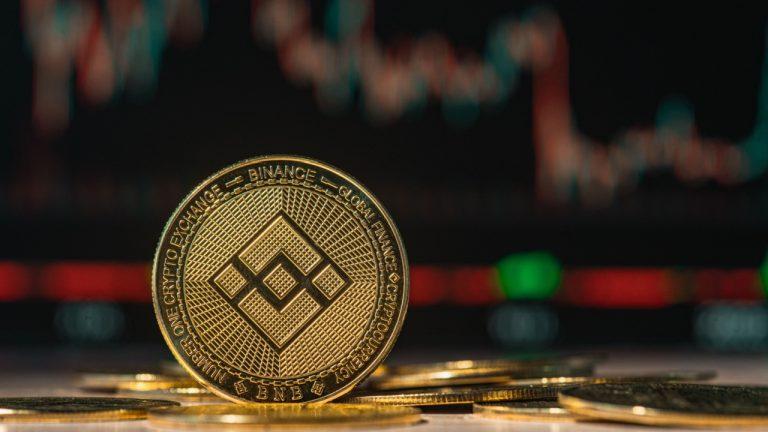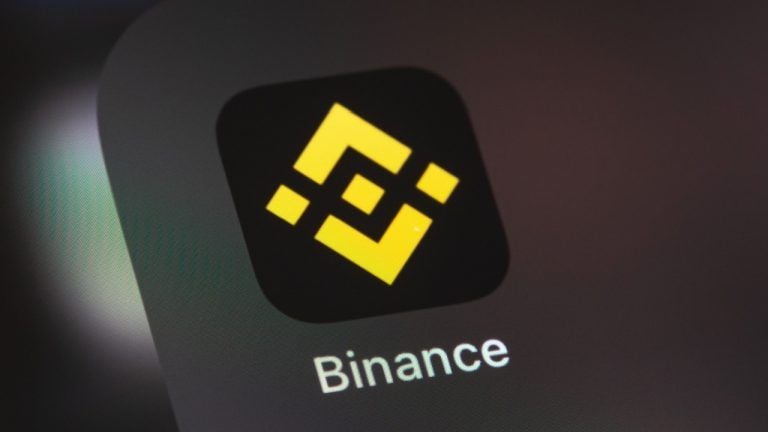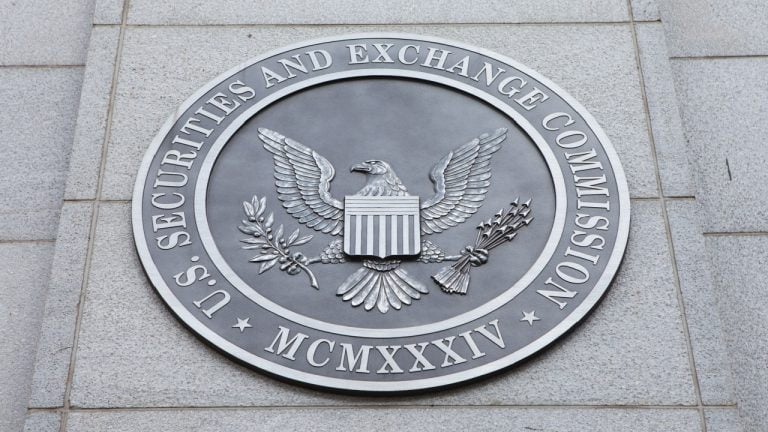
Haute Couture goes NFT: Digitalization at the Paris Fashion Week

The latest Paris Fashion Week clearly marks the new digitized era for a high-end fashion industry’s trends toward blockchain and nonfungible tokens.
For luxury brands, usual business and marketing practices work upside down. While other businesses aim to scale, optimize and become accessible — luxury brands are supposed to be a cold and beautiful dream, causing admiration and (rarely fulfilled) desires of ownership. Building a luxury brand takes generations of storytelling, and the skill of maintaining a fragile balance between making profits and remaining exclusive is one-of-a-kind perfection. This paradigm has shifted with the trends of the modern era, in which a successful business should be data-driven and community-driven. Digitalization aims to democratize everything from finance to art, and luxury brands need to follow this ever-changing reality and embrace innovation in their way.
Related: Beyond the hype: NFTs’ actual value is still to be determined
Paris Fashion Week, Haute Couture and innovation
The Haute Couture Paris Fashion Week is a 150 years old exhibition of fashion trends and forecasts, where a strict and hand-picked number of designers decide on the future of fashion and celebrate its glory. It’s Davos and Pizza Day of the fashion world. Haute Couture creations — wearable pieces of art in one-of-a-kind editions — are presented during one week in Paris, semi-annually in January and July.
The necessity to embrace innovation is described even in the definition of Haute Couture, proclaimed by La Fédération de la Haute Couture et de la Mode (FHCM) — the governing body of the French fashion industry established in 1868, which also organizes Paris Fashion Week. The term Haute Couture is described as “tremendously modern,” and serving as a “permanent gateway” between tradition, know-how and craft “at the cutting edge of innovation.”
The “cutting edge of innovation” of today is manufacturing digital clothes and experiences using augmented reality (AR), virtual fashion shows, decentralized communities and blockchain-enabled ownership. All of those things have emerged lately in the fashion industry, but accelerated even more with the outbreak of the global COVID-19 pandemic, which urged all fashion brands to move their shows online for 2020.
The nonfungible token (NFT) boom happened alongside enabled blockchain-related experiments. Dapper Labs x Fabricant x Johanna Jaskowska sold an NFT, which includes a model in a digital outfit, at the Ethereum Summit as early as 2019.

This year, we saw plenty of successful fashion NFTs appearing. In February, the virtual brand Rtfkt, in collaboration with emerging 18-year-old transgender digital and visual artist Fewocious, sold 621 pairs of sneakers in just seven minutes for $3.1 million. Furthermore, Fewocious also recently sold five of their artworks through Christie’s for $2.16 million.

The news didn’t go unnoticed by the luxury fashion brands. It is rumored that Gucci will mint some NFTs for the collection of their digital sneakers which they have recently launched on their application using AR. Moreover, Gucci sold its first-ever NFT called “Aria” for $25,000 through Christie’s in the form of digital art and a video clip of a runway show by Gucci’s creative director Alessandro Michele. Finally, Mason Rothschild and Eric Ramirez claimed that they sold a pregnant Birkin for $23,500, “despite the NFT borrowing the iconic Birkin name and style, Hermès had no affiliation with — and saw no revenue from — the sale.” If that sale took place, it painfully signals that luxury brands should take back the control over any user-generated content and embrace NFTs.

Paris Fashion Week just ended, and it appears to be the first event where traditional high fashion brands made NFT-related announcements. In fact, some NFTs were launched by the Fashion Week organization itself.
FHCM to gift NFTs to Fashion Week guests
FHCM announced that it teamed up with French NFT platform Arianee to give away NFTs to selected attendees, buyers and journalists during Paris Fashion Week Men and Haute Couture Week.
Pierre-Nicolas Hurstel, CEO of Arianee, explained: “We are delighted to enable Fédération de la Haute Couture et de la Mode to pioneer within the NFT space.” He continued:
“We hope to contribute to reinforce the position of Paris not only as the capital of fashion but also as the capital of NFTs for exclusive ownership experiences.”
As Hurstel explained over email: “The NFTs given away by FHCM contain two assets. The first asset is the press accreditation that is given to all accredited journalists, influencers and buyers participating in the Fashion Week events. The second asset is an exclusive digital artwork by iconic fashion illustrator Richard Haines. Both assets are not only given away as scarce digital assets but can be experienced within the Arianee wallet application in augmented reality. This means that any accredited members can project the press accreditation on a video of themselves or of a show and publish it on social media. Or they can project the artwork of Richard Haines anywhere in their home or even on any building in Paris, such as the Opera Garnier.”
Arianee further adds: “Through these NFTs, all accredited members will access exclusive content and AR experiences including a digital artwork by iconic fashion illustrator Richard Haines, as well as a press accreditation for Paris Fashion Week.”
The NFTs are also used by the event organizers to digitalize the accreditation process. Instead of sharing their personal data at the entrance gate, guests can just prove their ownership of the NFT to access all Fashion Week events.

In total, 300 NFTs were minted on the Ethereum side-chain using the Arianee protocol. Technically, these collectibles can be listed and re-sold on the secondary market, however, the primary focus of the release was to provide education on blockchain technologies and NFTs to the leaders of the fashion industry.
Related: Mass adoption of blockchain tech is possible, and education is the key
The French startup behind the operation, Arianee, built a platform providing NFTs for luxury goods. Last year, the company announced that the Swiss watchmaker Breitling will use the platform to certify limited edition watches. In March 2021, Arianee reportedly raised around $9.5 million in funding. A dramatic rise in the quality of counterfeit goods is causing a big threat to all luxury brands, so some platforms like Arianee are bringing a real and concrete value for the consumers. They can use the blockchain to authenticate and certify their purchases. Aura, a similar platform to authenticate luxury goods and fight counterfeit, has been developed by ConsenSys, Microsoft and LVMH.
Couture brand Aelis to launch NFT collection ‘Luce ImmorTale’
The NFT art and high fashion industries have much more in common than it seems at first glance. One similarity is a correlation between high prices and a tiny customer base — the entire Haute Couture active buyers base worldwide is approximately 4,000 people. The NFT market, despite all the buzz, remains very niche as well. For example, CryptoPunks — the luxury of crypto — were traded by only 600 active wallets at its peak. While prêt-à-porter, or ready-to-wear, creations are made to be worn by thousands of people, Haute Couture is one-of-a-kind and meant to only be worn for special occasions. Haute Couture creations are nonfungible by nature, and the idea of attaching an NFT to an Haute Couture piece is very à la mode.
This will be done by Aelis — one of the youngest guest-houses at Paris Fashion Week Spring/Summer 2021 — announced on July 5 that it will start a long-lasting NFT project, to be known as one of the first brands that will offer a collection in the form of NFTs. Usually, Aelis does not create ready-to-wear collections and exists purely in the world of art and high fashion. The brand is known for establishing a very careful relationship with collectors while not allowing a wide audience to access its art, communicating purely through selected media and within a narrow community of high-net-worth individuals. With NFTs, Aelis found a new way to establish a unique and timeless relationship with the brand’s collectors.

Sofia Crociani, the founder of Aelis who worked for Dior and closely collaborated with Karl Lagerfeld before establishing Aelis four years ago, is behind the company’s involvement in innovative technologies. The company said in a statement:
“These new spaces of creation and freedom, built on blockchain technology and which keep breaking the codes, are known for being developed in correlation and harmony with NFTs.”
Crociani said during an interview: “I feel NFTs have unique characteristics that all artists are looking for: immortality and unaltered transmission. They are an extension of physical art and have the ambition to bring a new vision to the way artworks are distributed. It is a breath of fresh air and a great inspiration for an artist, as NFTs are transcendental, existing through the ages — like an eternal immortal light. Hence, the name of my upcoming performance: ‘Luce ImmorTale’ (Immortal Light)”
The NFT Collection “Luce ImmorTale” consists of five NFTs, all of them attached to real-world physical collectibles. They will be sketches created and signed by Sofia Crociani and a photo of the dress, all professionally framed with a block transaction number embedded onto the frames. If more than three NFTs are obtained by a sole collector within two years, they will be able to claim the Haute Couture dress, which would have presented at the show.
Another interesting feature of the Aelis NFT collection is the two-year vesting period and the long-lasting campaign surrounding the collection. Over the next two years and after the creations are sold, they will be exhibited at different galleries and art shows, mentioning the name or the wallet address of the collector who first acquired the NFT.
Just like in the traditional art industry, the collection will be gaining provenance this way. Provenance is the history of ownership and the location of art: When an art piece is exhibited at reputable exhibitions, it influences the value of the piece. Five different NFT auctions will be held on different platforms, which have yet to be announced. Aelis stated that NFTs will be minted in environmentally friendly ways, preserving the brand identity and promoting NFTs that are respectful to the planet.
NFT and sustainable fashion
The fact that an environment-centric guest-couture brand started experimenting with NFTs is no coincidence. The problem of unnecessary overconsumption of natural resources is widely discussed by fashion insiders. On July 8, the executive president of the Fédération de la Haute Couture et de la Mode Pascal Morand spoke together with head of data analytics and artificial intelligence at PwC France Jean-David Benassouli and Newlife.ai CEO Sofiane Delloue at the panel discussion “How Can AI Help the Green Revolution in Fashion?” organized by Explor’IA. Fashion experts discussed a digital and eco-conscious revolution that is taking place in the fashion industry. Pascal Morand stressed that environmental impact was the main topic of Paris Fashion Week this year.
While most of the discussion was dedicated to AI, the expert panelists discussed NFT technology as a tool for creators’ economies. Delloue added: “There are ways to use NFTs in fashion for sustainability. On one hand, we have overproduction in the fashion industry that can be reduced by better aligning creators’ imaginations through digital formats and collecting data about consumer preferences. On the other hand, we want to empower the participants of the fast-growing creative economy through new forms of monetization of their intellectual property, and this is made possible by the infinite functionality of smart contracts and programmable money. At Newlife, we are building a comprehensive set of smart contracts that can scale creativity and rewards while reducing the pace of fashion trends. We invent new models of licensing that apply to fashion, luxury and culture.”
NFT technology has received a lot of backlash for the environmental damage due to a large number of necessary transactions to mint, trade and burn NFTs, which makes them heavy for the network, as well as energy-consuming. However, most marketplaces started working on green improvements like lazy minting and the usage of layer-two solutions, which bulk transactions together. The upcoming Ethereum update from proof-of-work (PoW) to proof-of-stake (PoS) holds the promise to improve the sustainability of the NFT market.
This article does not contain investment advice or recommendations. Every investment and trading move involves risk, and readers should conduct their own research when making a decision.
The views, thoughts and opinions expressed here are the author’s alone and do not necessarily reflect or represent the views and opinions of Cointelegraph.
Go to Source
Author: Sophia Schteiner









